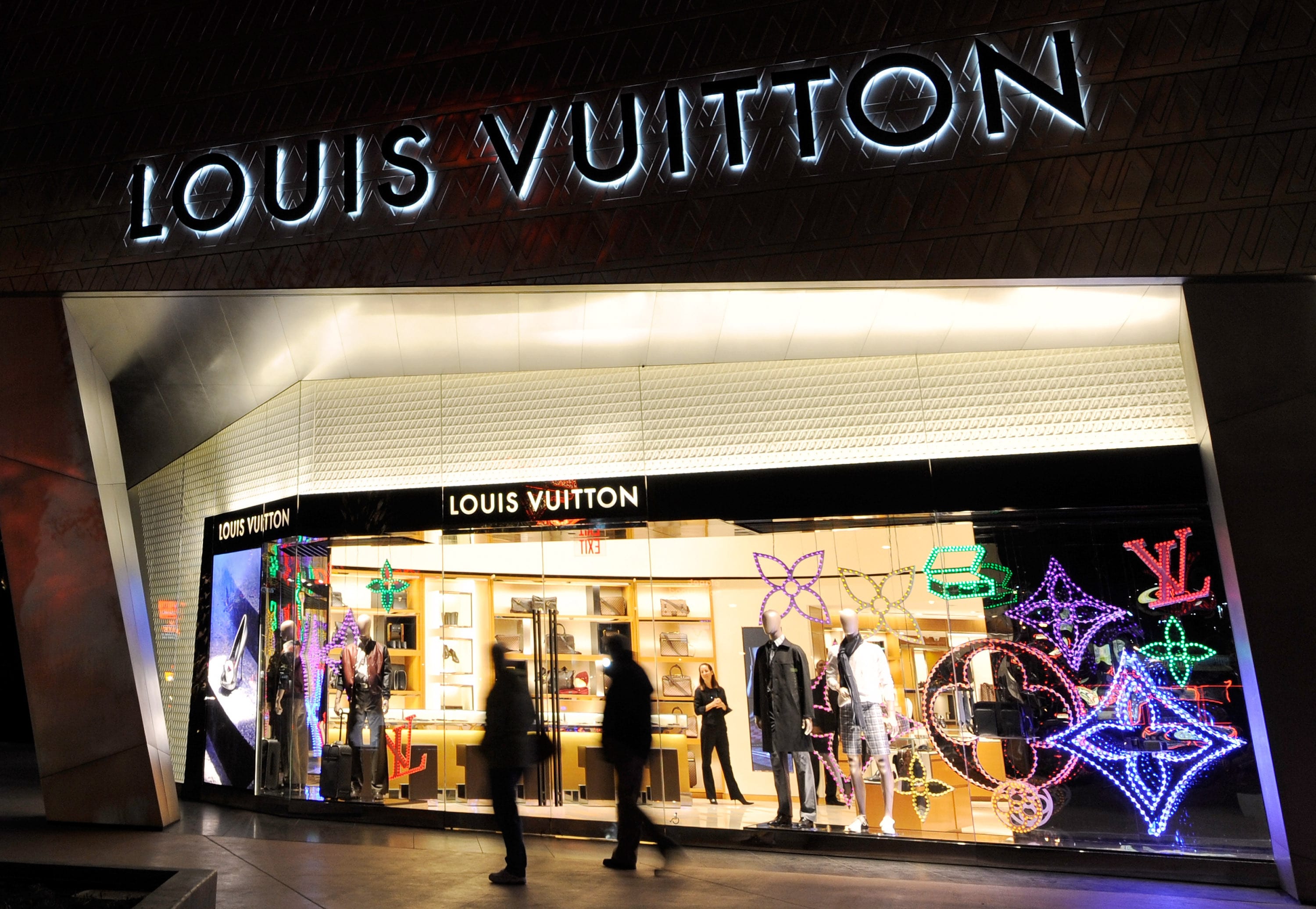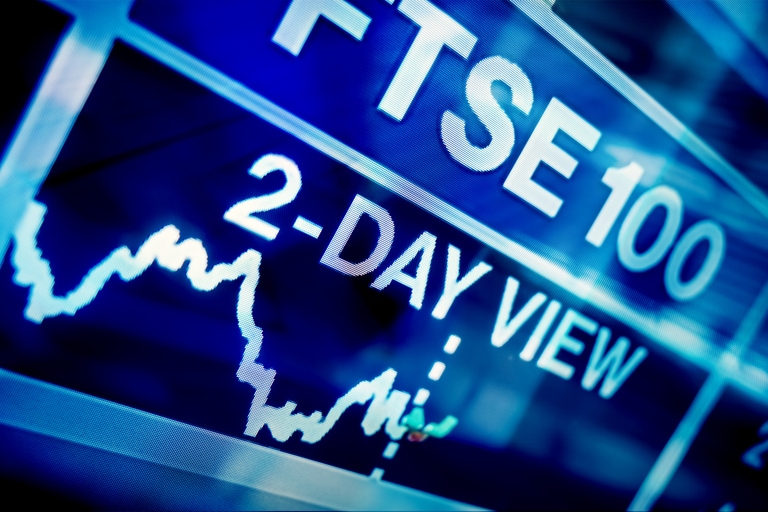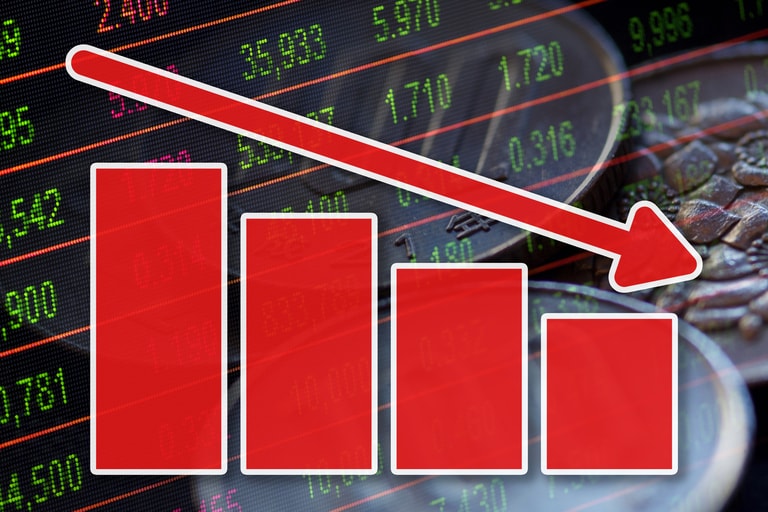It’s been a mixed day for European markets with the CAC 40 hitting a new record high on the back of strong Q1 sales numbers from luxury brand LVMH whose shares have also surged to record levels.
Europe
A rise in Q1 sales of 18% was over double market expectations, driven by a sharp rebound in its Asia markets. Japan saw the biggest growth, a rise of 34%, while Chinese shoppers also splashed out as the economy there reopened after a year of on-off lockdowns. Sales growth in that region saw a rebound of 14% which is expected to augur in similar resilience over the rest of the year. The decent numbers here have helped its peers in the region also rebound strongly with Burberry near the top of the FTSE 100.
The UK’s biggest supermarket, Tesco has seen its share hit 11-month highs after reporting full-year results in line with expectations, despite the pressures of intense competition from the likes of Aldi and Lidl, who have seen their own sales growth surge by over 20% over the same period. Total revenue saw a modest rise of 7.2%, coming in at £65.76bn as consumers were forced to pay more for everyday products, although it is notable that the increase in revenue is much lower than the current rate of inflation of 10.4% and the even higher levels of food price inflation of 17%. This gap serves to offer an insight into how much of the rise in food, and other costs is being absorbed by Tesco, along with its suppliers. It is also reflected by the sharp fall in operating profits which have fallen over 40% to £1.5bn, and profits before tax which fell 50% from last year to £1bn.
Rightmove, as well as housebuilders, Taylor Wimpey and Barratt Developments, are also higher on the back of a positive note from HSBC, who expect to see a pickup in the property market, on the basis that mortgage rates could start to fall in the back half of the year.
Darktrace shares are higher after issuing a positive Q3 trading update. The company said Q3 revenue was $139.2m, a rise of 28% from a year ago. The company went on to say its ARR was $583.6m, a rise of 34% from a year ago, while for the full fiscal year of 2023, it expects an increase of 29% and revenue growth of 31%. EBITDA margin is expected to improve to 19%, up from its previously expected range of 16% to 18.5%.
Today’s biggest fallers have been Persimmon, Smurfit-Kappa, Unite Group, and Lloyds Banking Group all trading ex-dividend. Also lower is Imperial Brands with the markets less than impressed with its latest pre-close H1 trading update which has sent the shares to 6-month lows. The company said it was on track to meet its full-year guidance with H1 adjusted operating profit expected to be in line with the same period a year ago.
US
US markets got off to a modestly positive start today after the latest PPI showed a sharp fall of -0.5% in March, which saw annualised inflation slow to 2.7% from 4.9% in February. Core prices also slowed from 4.9% to 3.4% in a sign that, as we head into the summer months, we could start to see a similar effect filter down into the CPI numbers. Weekly jobless claims also edged slightly higher to 239k, although continuing claims declined to 1.81m.
Yesterday’s profit warning from American Airlines saw the travel sector come under pressure, with the US airline seeing its shares slide back close to the levels they were at the start of the year. Today’s Q1 numbers from Delta Airlines on the other hand have seen the airline report a much more optimistic outlook, despite posting a Q1 operating loss of $277m on revenues of $12.8bn. For Q2 the airline says it expects to see a strong rebound in profits to between $2 to $2.25c a share and revenues of $14.2bn to $14.4bn.
It’s also set to be a big week for the big US banks with JPMorgan Chase, Citigroup, and Wells Fargo due to report their Q1 numbers tomorrow, where we are likely to get an insight into how much the recent banking problems impacted the US economy in terms of business confidence and loan demand.
FX
The US dollar has continued to come under pressure, on course for its third successive daily decline, sliding to two-month lows, despite a slight firming in yields. The euro has continued to edge higher, moving above the 1.1000 level on increasingly hawkish chatter from various ECB officials, as well as increased US dollar weakness. The latest US data speaks to an inflation story that is increasingly pointing to a disinflationary narrative, which is distinctly lacking in Europe as well as the UK.
The pound has pushed up to its highest levels against the US dollar this month and the highest since last June, above 1.2530. The latest February GDP numbers showed the UK economy stagnated largely due to industrial action by public sector workers. There was an improvement in construction as well as manufacturing, while January GDP was revised up to 0.4%. While the strike activity has served to act as a drag on economic activity, it is encouraging that it hasn't been enough to pull the economy into contraction.
Commodities
Gold prices have taken another leg to the upside after today’s softer-than-expected March PPI numbers reinforced the disinflation narrative that the market so wants to believe in when it comes to getting close to the end of the Federal Reserve’s rate hiking cycle. With both headline and core prices coming in lower than expected, investors are betting that even if we get another 25bps in May, it won’t be too long before the Federal Reserve starts to unwind some of its recent hikes.
Crude oil prices appear to be running out of steam after two days of strong gains, with prices running into some resistance below the highs of this year, just shy of the $89 a barrel level for Brent.
Volatility
Many new media stocks struggled in the wake of that CPI data yesterday which whilst coming in cooler than expected, still left the door open for another Federal Reserve rate hike despite rising concerns of an economic hard landing in the US. That resulted in a somewhat turbulent session for CMC’s proprietary basket of social media stocks, with the sector susceptible given its consumer discretionary positioning. The underlying fell by around 3%, with one-day volatility coming in at 52.14% against 49.29% for the month.
Those consumer spending concerns rattled the NASDAQ index on Wednesday too, with the underlying eventually slipping by more than 100 points after a bumpy ride lower. That served to make it the most active of equity indices, with one-day volatility of 28.18% being recorded against 21.9% for the month.
The US dollar came under pressure amidst the deteriorating economic outlook with losses being seen across the board. The most active trade here proved to be against the Aussie dollar with the pair printing daily vol of 14.43% against 11.74% for the month.
And in commodities, Sugar continues to see elevated levels of price action, although profit-taking appeared to be triggered by a brief move above the 25-cent mark. One-day volatility here sat at 48.24% against 37.26% for the month.
CMC Markets erbjuder sin tjänst som ”execution only”. Detta material (antingen uttryckt eller inte) är endast för allmän information och tar inte hänsyn till dina personliga omständigheter eller mål. Ingenting i detta material är (eller bör anses vara) finansiella, investeringar eller andra råd som beroende bör läggas på. Inget yttrande i materialet utgör en rekommendation från CMC Markets eller författaren om en viss investering, säkerhet, transaktion eller investeringsstrategi. Detta innehåll har inte skapats i enlighet med de regler som finns för oberoende investeringsrådgivning. Även om vi inte uttryckligen hindras från att handla innan vi har tillhandhållit detta innehåll försöker vi inte dra nytta av det innan det sprids.






